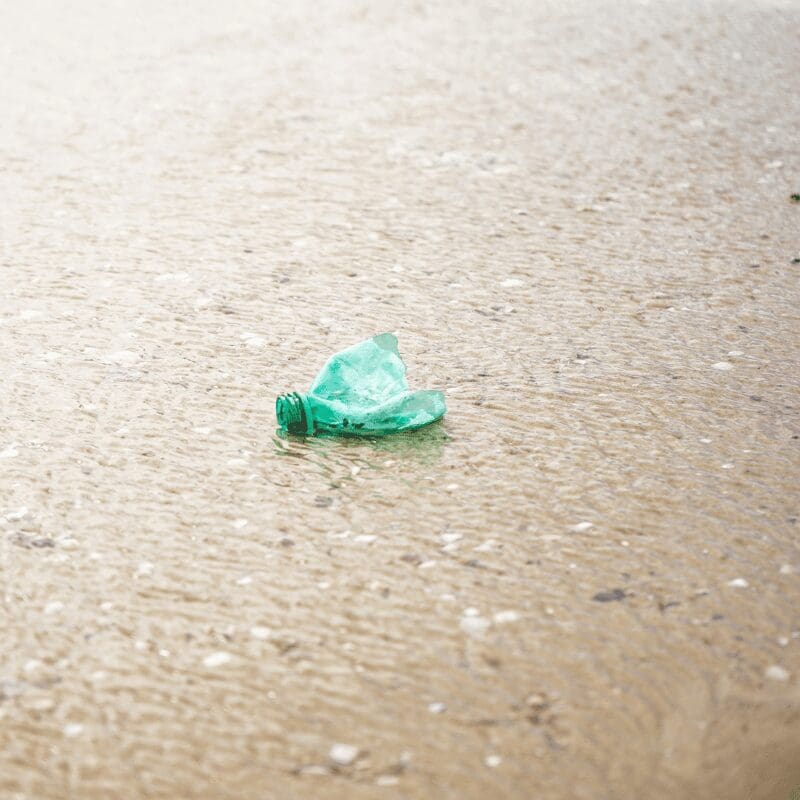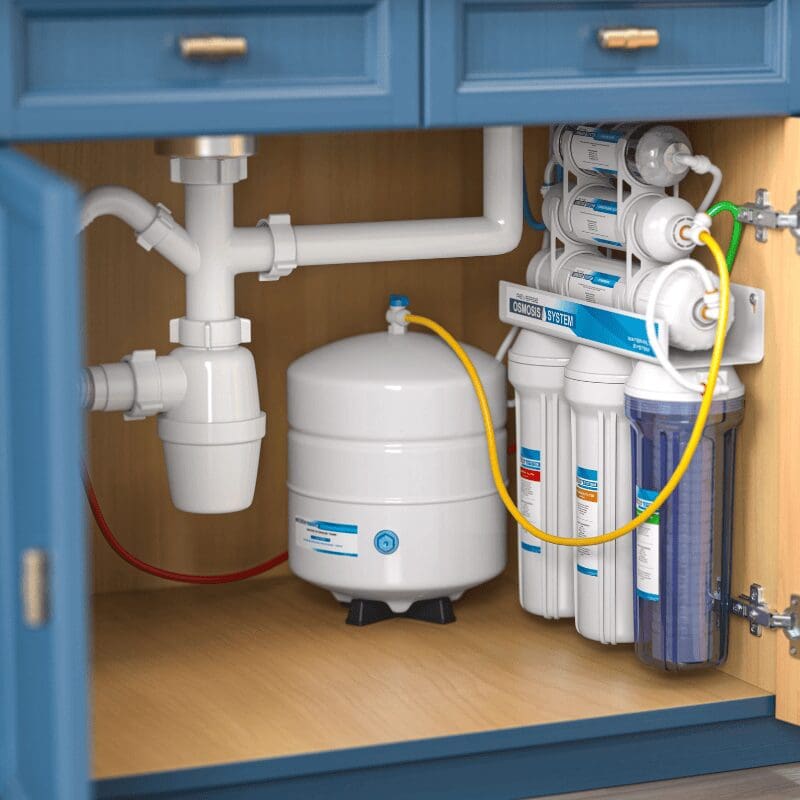Are Microplastics in Our Tap Water a Real Concern?

Microplastics are small plastic items that measure less than five millimeters in length. They are derived from the degradation of larger plastic items, such as bottles, bags, and food packaging. Over time, these items get broken down into smaller fragments by exposure to the elements. Microplastics have been found in oceans, rivers, and other water bodies, including Lake Michigan. So, this raises the question: Are microplastics in our tap water a real concern?
For many Chicago business owners and office managers, the safety and health of their employees are a top priority. So, when it comes to the quality of your office drinking water, microplastics should never cross your mind. Yet, it’s something we hear far too often here at Office H2O, which means it’s worth a discussion about whether or not a bottleless water cooler or reverse osmosis system is in your future. But first, let’s talk about why microplastics in our tap water are such a big deal.
Where Do Microplastics in Lake Michigan Come From?
Microplastics in Lake Michigan originate from a variety of sources. One of the primary contributors is urban runoff, which carries plastic debris from Chicago and our surrounding suburbs into nearby water systems. This debris often comes from discarded plastic items such as bags, bottles, and packaging that have been broken down into smaller pieces by natural elements like sun and rain.
Additionally, microplastics can also enter the water system through wastewater treatment plants. These facilities often fail to entirely capture microplastics from household and industrial waste before discharging treated water into the lakes. This waste can include fragments from synthetic clothing, cosmetics, and personal care products that contain microbeads—a type of microplastic.
Moreover, recreational activities near the lake, such as fishing and boating, can also contribute to the problem by introducing plastic waste into the water. Despite these activities often being regulated, accidental loss or deliberate dumping of plastic items continues to add to the microplastic pollution in Lake Michigan.
It’s worth noting that once microplastics enter the lake, they can take hundreds to thousands of years to fully degrade, creating a long-lasting impact on the ecosystem. Moreover, due to their minute size and buoyancy, they can easily be carried by wind and currents, spreading the problem far and wide.

Can We Test for Microplastics in Tap Water?
The presence of microplastics in tap water has been a growing concern. But can we actually test for them? The answer is yes. Scientists have developed methods to detect microplastics in water samples. These tests usually involve passing the water through a filter to capture the microplastics and then visually identifying and counting them under a microscope.
However, it’s important to note that these tests require specialized equipment and training and are not typically something that an individual or business can conduct on their own. If you’re a business owner or office manager concerned about potential microplastic contamination in your workplace’s water supply, consider contacting an environmental testing laboratory, as they can conduct professional microplastic analysis.
The Health Hazards of Microplastics in Tap Water
The health implications of consuming microplastics through tap water is an area of increasing concern, particularly for businesses relying solely on the tap for drinking water. There are several reasons why ingestion of microplastics could potentially threaten human health.
To begin with, due to their small size, microplastics can penetrate the human body more easily than larger particles. When ingested, these tiny particles can accumulate in the digestive tract, introducing toxic substances such as phthalates and polychlorinated biphenyls (PCBs), which are often found in plastics. Over time, these toxins can leach into the body, potentially disrupting the normal function of hormones and increasing the risk of chronic diseases.
Moreover, microplastics can absorb and carry pathogenic microorganisms on their surface, which, when ingested, could lead to infections and diseases. This risk is particularly high for businesses where tap water is the primary source for drinking, as the continuous consumption of microplastic-laden water could result in prolonged exposure to these harmful pathogens.
For Chicago businesses using tap water as their only source of drinking water, it is important to put measures in place to ensure the water is free from microplastics to safeguard the health of employees.
How Reverse Osmosis Filtration Can Effectively Remove Microplastics
A reverse osmosis (RO) filtration system stands out as a reliable and comprehensive solution for eliminating microplastics from drinking water. Unlike standard faucet or pitcher filters, RO systems have been designed to tackle a wide range of impurities, including particles as small as microplastics.
An RO system works by pushing water under pressure through a semi-permeable membrane. The pores in this membrane are incredibly small, typically measuring 0.0001 microns in size, which is significantly smaller than the smallest microplastics. This means that while water molecules can pass through, microplastics and other contaminants are effectively trapped and discarded.

One of the primary advantages of using an RO system is its multi-stage filtration process. Before water even reaches the RO membrane, it passes through pre-filters that remove larger contaminants, chlorine, and sediments. This not only enhances the effectiveness of the RO stage but also prolongs the lifespan of the membrane, providing a long-term solution for microplastic removal.
Post-filtration stages in RO systems often include activated carbon filters that further improve the taste and odor of the water, ensuring that the final product is not only free of microplastics but also appealing to drink.
For businesses in Chicago, investing in a reverse osmosis system could be a pragmatic and effective step towards ensuring the provision of safe, clean drinking water for staff, free from the risk of microplastics.
Ending the Threat of Drinking Microplastics in Tap Water!
The threat of microplastics in drinking water is an issue Chicago business owners and office managers can’t overlook. The installation of an effective filtration system, like a reverse osmosis system, is a reliable way to keep these harmful particles at bay and maintain the overall health of your workforce.
At Office H2O, we offer advanced reverse osmosis filtration systems, providing a long-term solution for establishments in search of cleaner, safer, healthier drinking water. If you’re interested in taking a step towards a healthier, microplastic-free working environment, sign up for a free 7-day trial on a unit. The health and well-being of your employees can’t wait – make the switch today!
